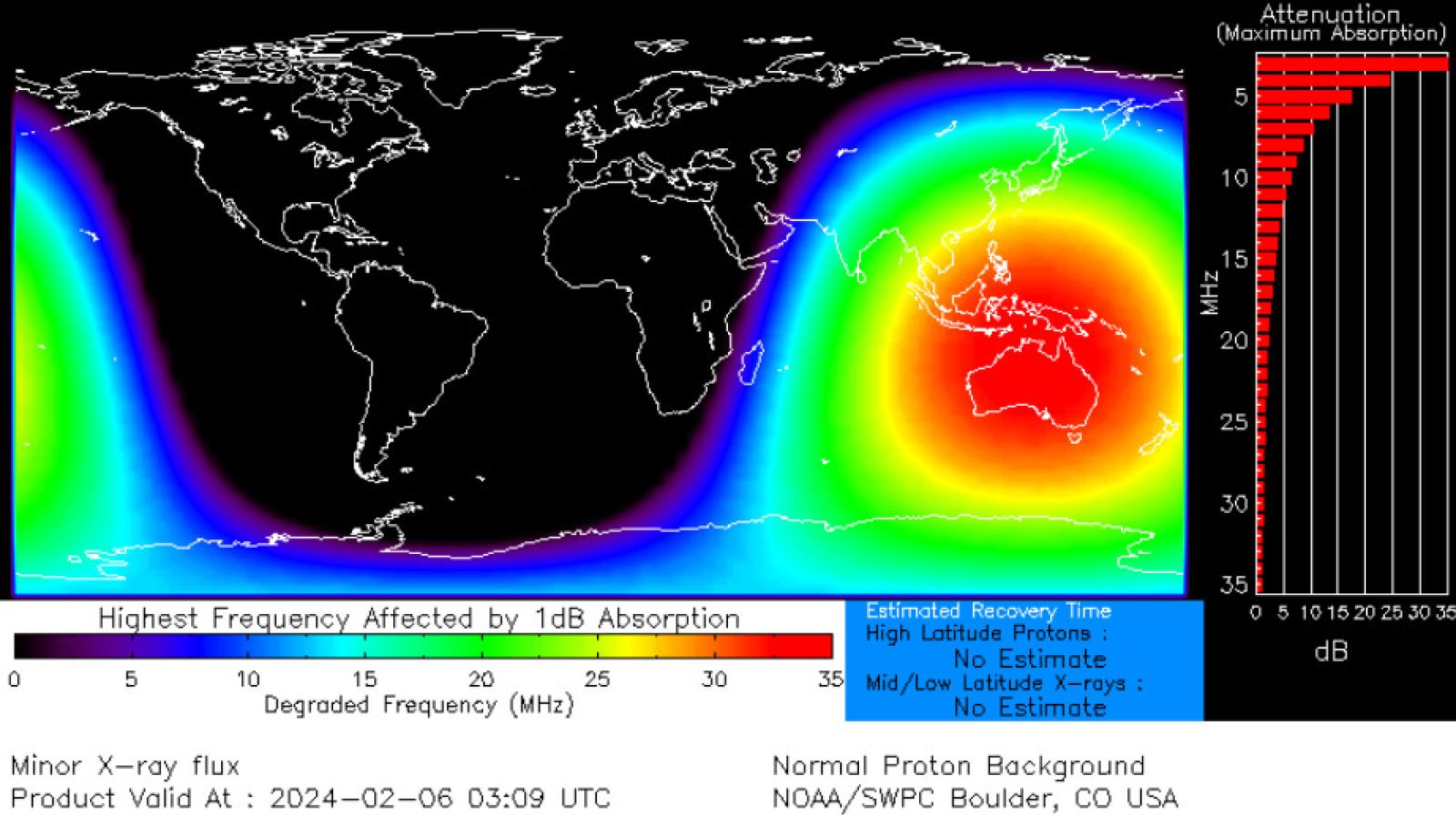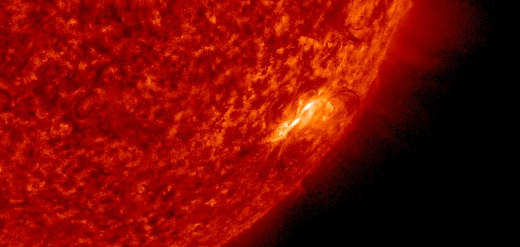A Powerful Solar Flare Causes a Massive Radio Blackout (Video)
Follow us on Google News (click on ☆)

Radio Disturbance Zone
The eruption was triggered by the sunspot region AR3575. Scientists, through meticulous observations, captured this moment with remarkable precision, revealing the complexity and power of the forces at work. This type of solar flare, classified as an M4.2 class event, is a poignant reminder of the significant energy accumulated and released by the Sun.
The consequences of such eruptions for Earth are far from negligible. In this case, the eruption led to significant shortwave radio blackouts, primarily affecting Australia and Southeast Asia. These disruptions are due to the intense burst of X-rays and extreme ultraviolet radiation, ionizing the upper layer of Earth's atmosphere and interrupting radio communications over parts of the Earth exposed to the Sun at that time.
In parallel to the solar flare, a coronal mass ejection (CME) was released. Although this particular event seems not to pose a direct threat to our planet due to its trajectory, it serves as a reminder of the potential for significant disruptions a CME can cause, including affecting satellites in Earth orbit and generating geomagnetic storms. These, despite their potentially problematic repercussions, also provide the spectacle of auroras.

The Solar Flare
The continuous observation of the Sun by space telescopes such as NASA's Solar Dynamics Observatory allows for real-time tracking of these phenomena. These observations are crucial for anticipating and better understanding the Sun's influence on our near-space environment.
Solar dynamics remains a critical area of study, not only for fundamental science but also for its practical implications on daily life and technology on Earth. With the emergence of new unstable sunspot regions, scientists remain vigilant, expecting potential additional eruptions.